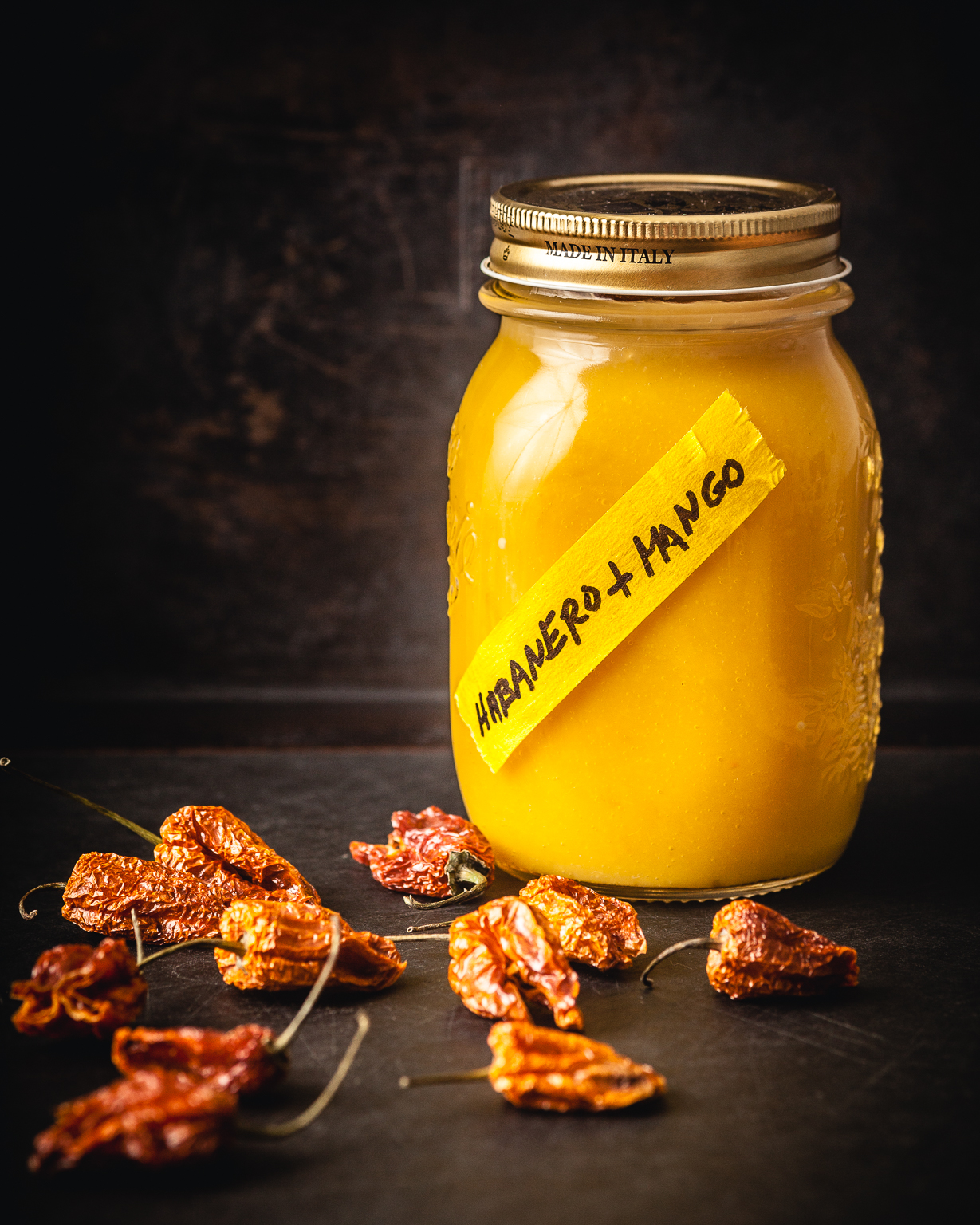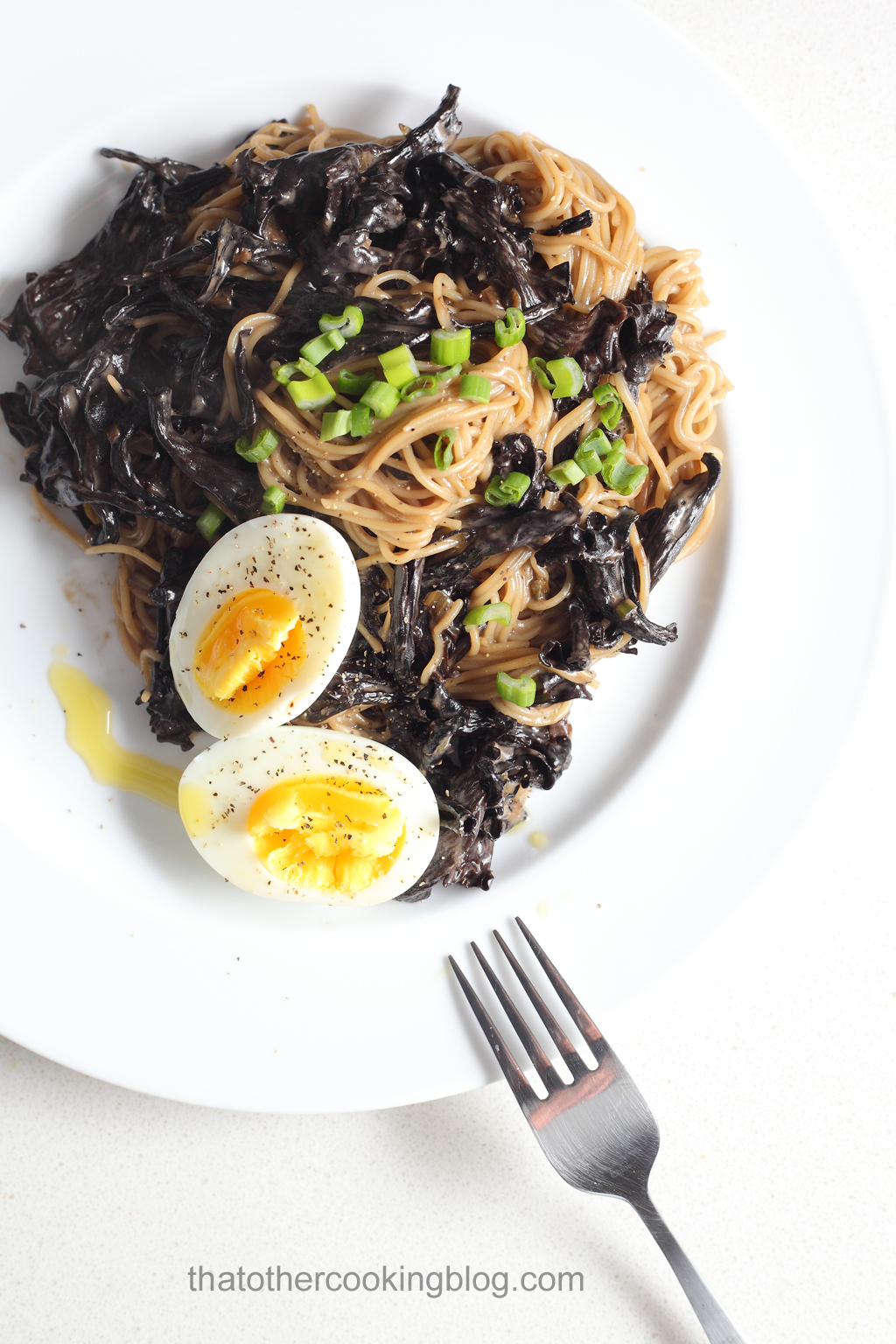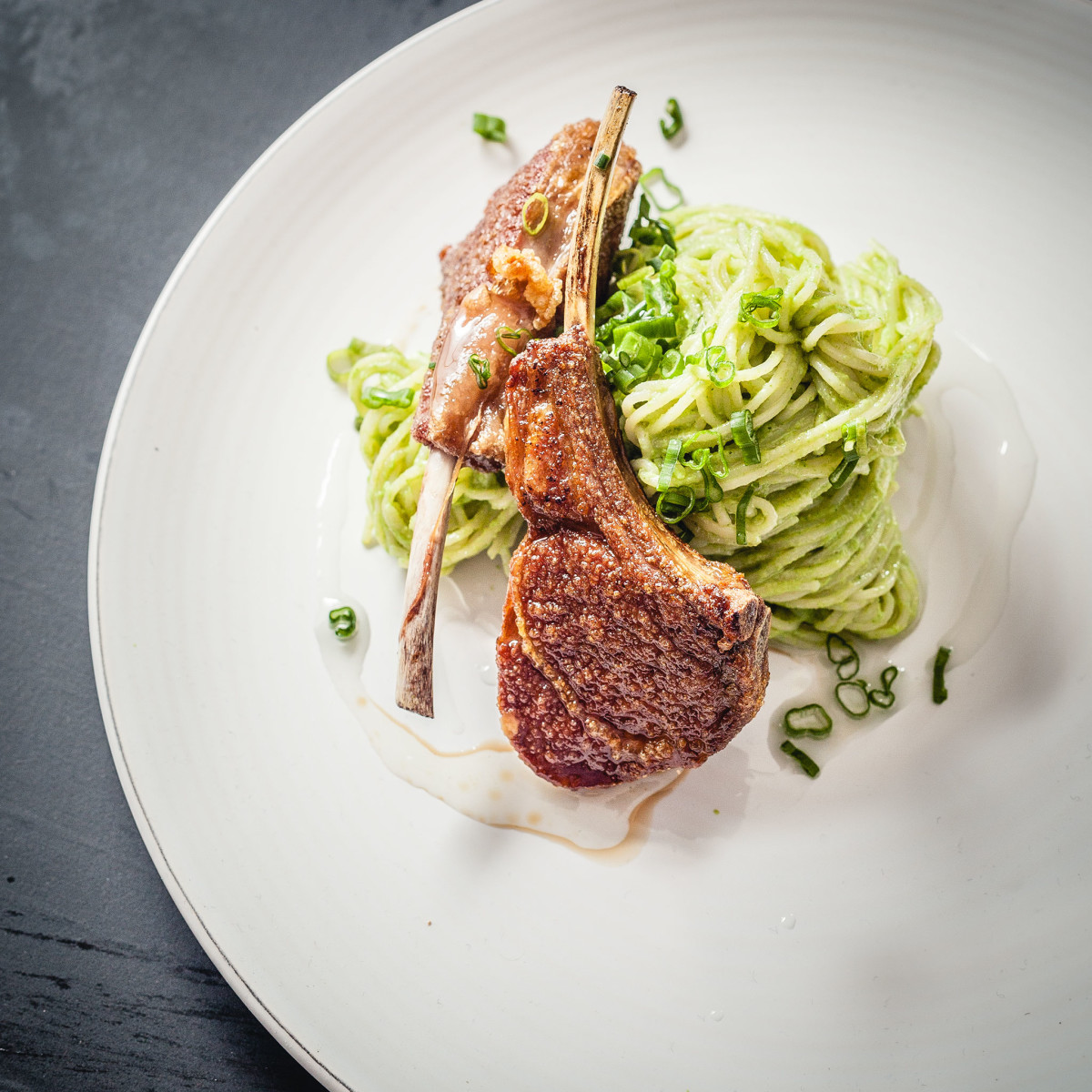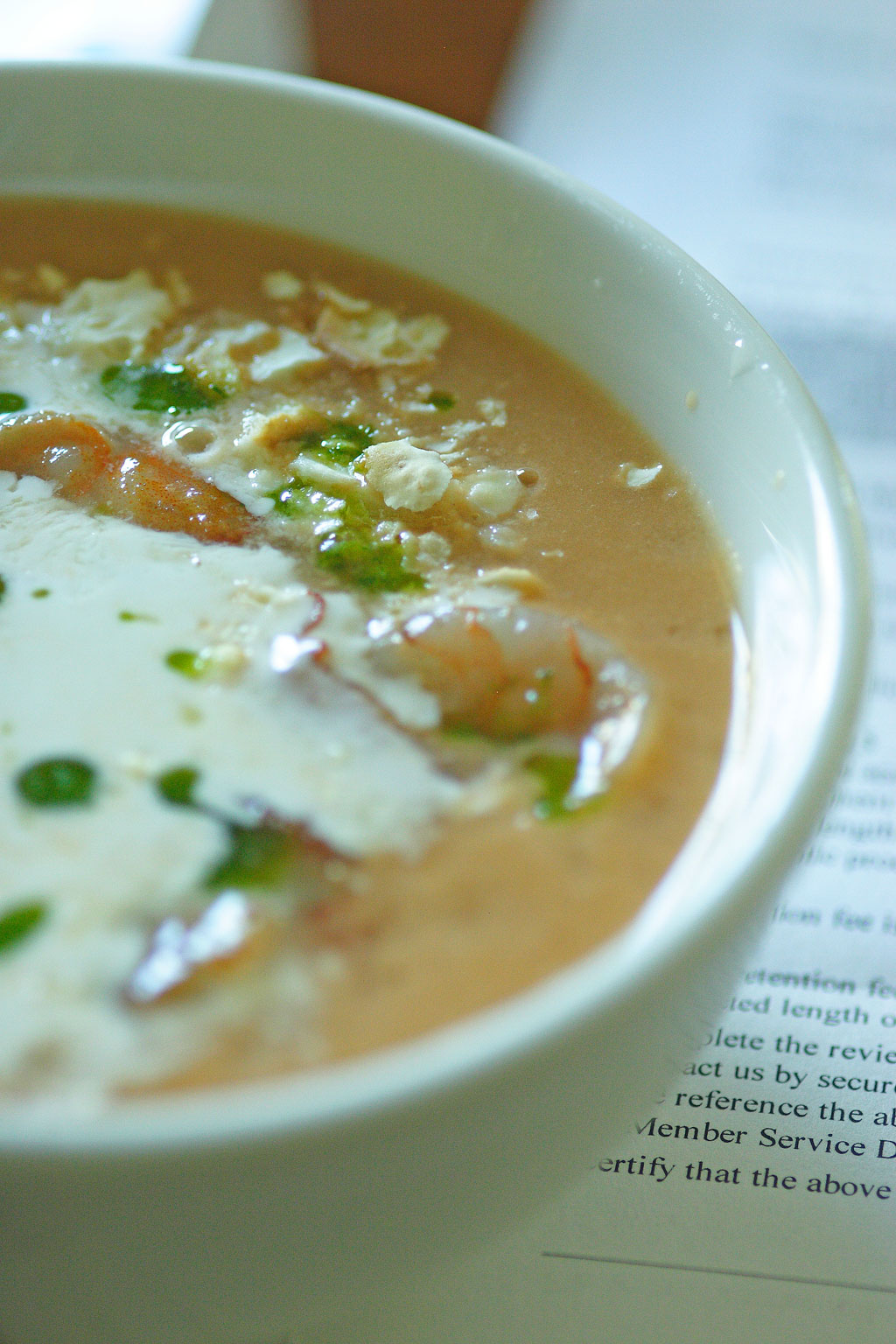Since we’re in the topic of hot sauces lately, I couldn’t wait to try a homemade sweet hot sauce. For the first time I bought habanero chiles and I’m so glad I did. These little guys pack a TON of heat scoring about 100K units in the scoville scale. Sweet bell peppers score zero and say arbol peppers score about 30K to give you some idea of how spicy they are(Check out this wonderful arbol chile hot sauce from last week btw!!!)
Proceed with caution.
Since habaneros pack a ton of heat please proceed with caution if you haven’t used them before or if you aren’t used to super spicy stuff but keep in mind, this recipe yields a moderate/medium hot sauce. Most recipes I found online instructed removing the seeds but that’s removing the fun in a way. Most of the heat comes with the seeds… I get it though… habaneros can be scary hot.
Making this awesome sauce.
Heat in hot sauces is relative to the amount of capsaicin being used so knowing that the seed amount can help dial in things is a very helpful piece of info. But let’s dive in! time to make some hot sauces people. I started with one chile seeds and all and the end product was actually pretty hot in a really good way. Give it a try and remember making these hot sauces is extremely easy.

Ingredients (makes about 500g):
500g ripe mango
5 tbsp apple cider vinegar
1/2 Tsbp minced garlic
1 tsp salt
1/2 small medium onion
1 habanero chile, seeds and all. Remove the stem.
Juice of one lime.
Just like in the simplest hot sauce known to man (click here).
Put everything in a food process and blitz until you have a pretty smooth puree. Place in container. Yeah, that’s basically it… only one thing left. Keep reading.
Fridge reduction.
I liked the sauce freshly made but it was a bit bland and the consistency was on the watery side. To fix this you could reduce the sauce over the stove but that means cooking the sauce and I prefer these kind of sauces sharp and bright. Place the sauce in a non reactive container. Hopefully a container that can give you some surface area to speed up evaporation. A bottle wouldn’t really help so something with a wide bottom. Don’t use a lid. Refrigerate overnight. The next day move the sauce to its final jar and you’re done.
You could also reduce the sauce by leaving it on the counter for a about a day or two. Make sure you cover it with a cheese cloth to prevent any insects from tasting your delicious mango sauce. They don’t deserve it. You do.
Do you have a plan for this sauce?
Yes. Pork loin sous vide coming up next… cheers guys!!!!

Wanna get more sous-vide cooking guides and cool cooking how-to’s in your mailbox? You know what needs to be done!
We never spam. You should only be getting updates when new content is posted on the site. We also respect your privacy. We don’t share your email address with anyone and you can unsubscribe anytime!





9 comments
That sounds gorgeous! Except that I don’t like mango 🙁 I bet it’ll work with blitzed pineapple though, or peach; I shall give it go, even if I am the only one here who would eat it! Ooooh! Apricots!
While I’m typing, i just wanted to clarify what you’ve said here, and in other recipes I’ve read, about where the heat in chillies is concentrated. I appreciate that the reference here is fairly ambiguous and you don’t actually say explicitly that the seeds are the hottest part but I thought it worth articulating that it’s not the seeds, but the flesh around the seeds (the generally whitish stuff, called the placenta), that contains the most capsaicin. If you carefully remove the seeds so that you keep as much flesh as possible, you’ll find your dish has a decidedly unexpected oomph! The seeds come second in heat intensity. Of course, scraping them out generally removes the placenta too but where I find this information useful is for when I want a really hot chilli kick in a smooth concoction, unadulterated by gritty seeds. Carefully remove the seeds and you don’t remove too much heat.
Interesting. I never really knew where the heat was actually coming from but I had made mole sauces for example in which by removing the seeds all heat would go away and that’s a cooked sauce.. but you’re right, the heat isn’t actually in the seeds but in a special gland called the capsaicin glands in a region of the placenta. I will be more careful from now on! Thanks for clarifying this!
Are you using fresh habanero or dried as shown in the photos?
hi Allison! you can use either. I bought them fresh and I dehydrated them at home to preserve them. It wouldn’t make a noticeable difference either way. I’ve used fresh ones too. Hope this helps!